Turning Back the Clock
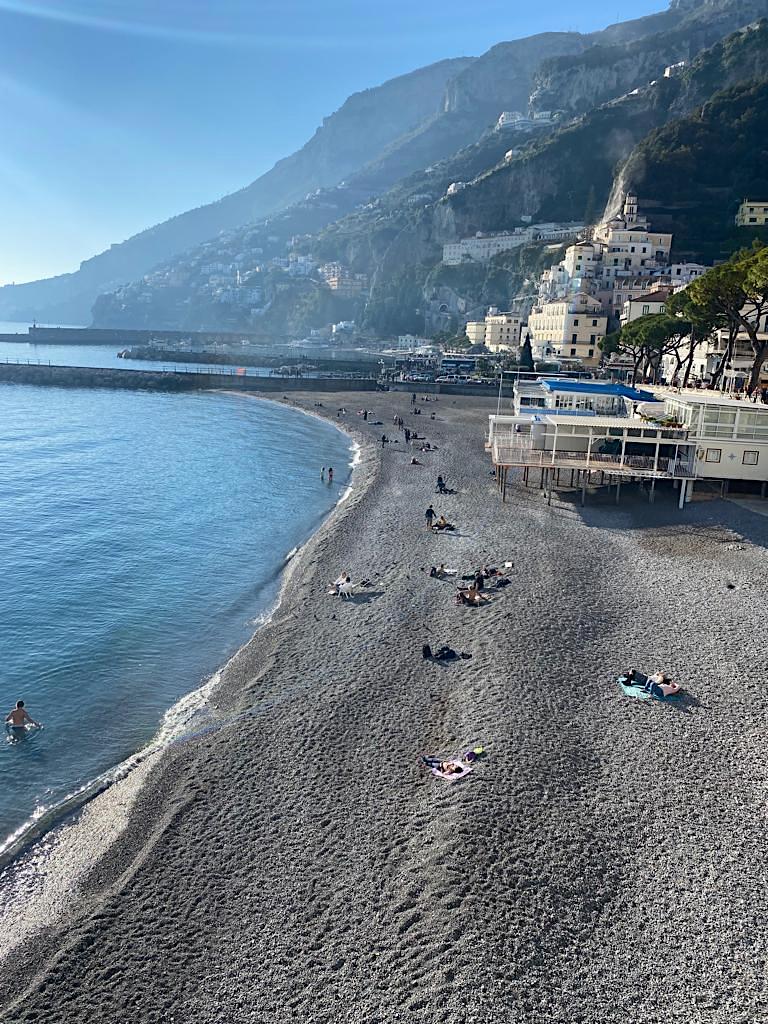
All through the era of the Grand Tour and well into the 20th century, Italy was primarily a winter destination, a respite from New England winters, nasty rain and endless damp in Germany and England, fierce cold in Russia. Coastal locations like Genoa, Naples, Taormina and other seaside spots offered predictably sunny days and ideal conditions for touring, outdoor activities and congenial sociality.
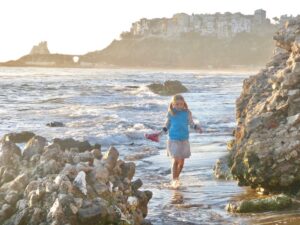
February, Sperlonga
Rome was a wintertime favorite for travelers of yesteryear. Roman winter days are more often blue-skied than grey. Winters are short. And the winds favorable: the 1931 Baedeker guide tells us that “the Scirocco, a general name for the S.E., S., and S.W. winds, is especially prevalent in the autumn and in March and April. It has an alleviating effect upon colds and coughs.” Baedeker reminds us too to keep away from areas just south of Rome : “an attack of Malaria or intermittent fever is possible during the summer and autumn (end of June to beginning of November)”.
For years Insider’s Italy has urged you to visit out of the peak high season so you may enjoy every destination at its most tranquil and with fewest distractions from crowds.
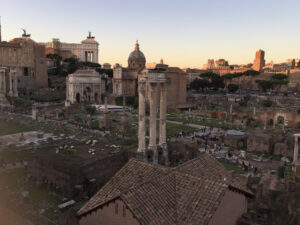
January, Rome
Think now about traveling this November and December, or next January, February and March.
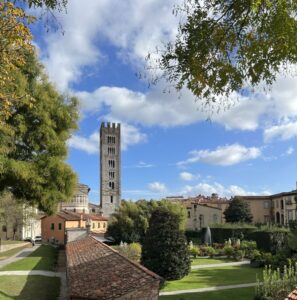
November, Lucca
Turn back the clock to an Italy which will be most serene and most accommodating.
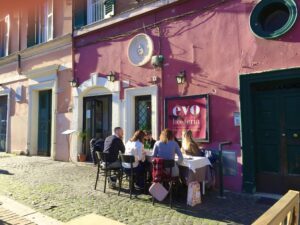
January, Rome
For full ideas and reviews of services and pricing, complete our survey.
It will be a delight to plan with you.
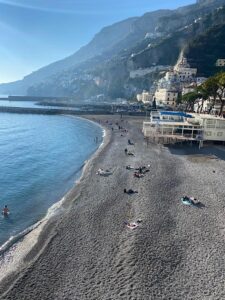
December, Amalfi

Meet Marjorie
Insider’s Italy is an experienced family business that draws on my family’s four generations of life in Italy. I personally plan your travels. It is my great joy to share with you my family’s hundred-year-plus archive of Italian delights, discoveries and special friends.
